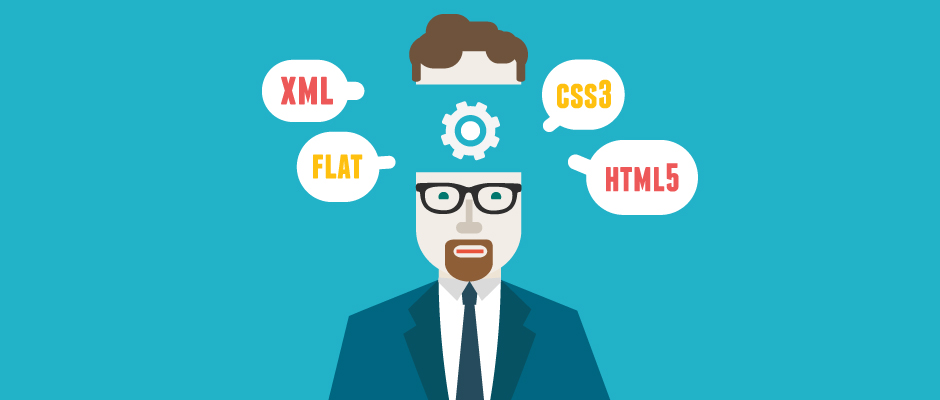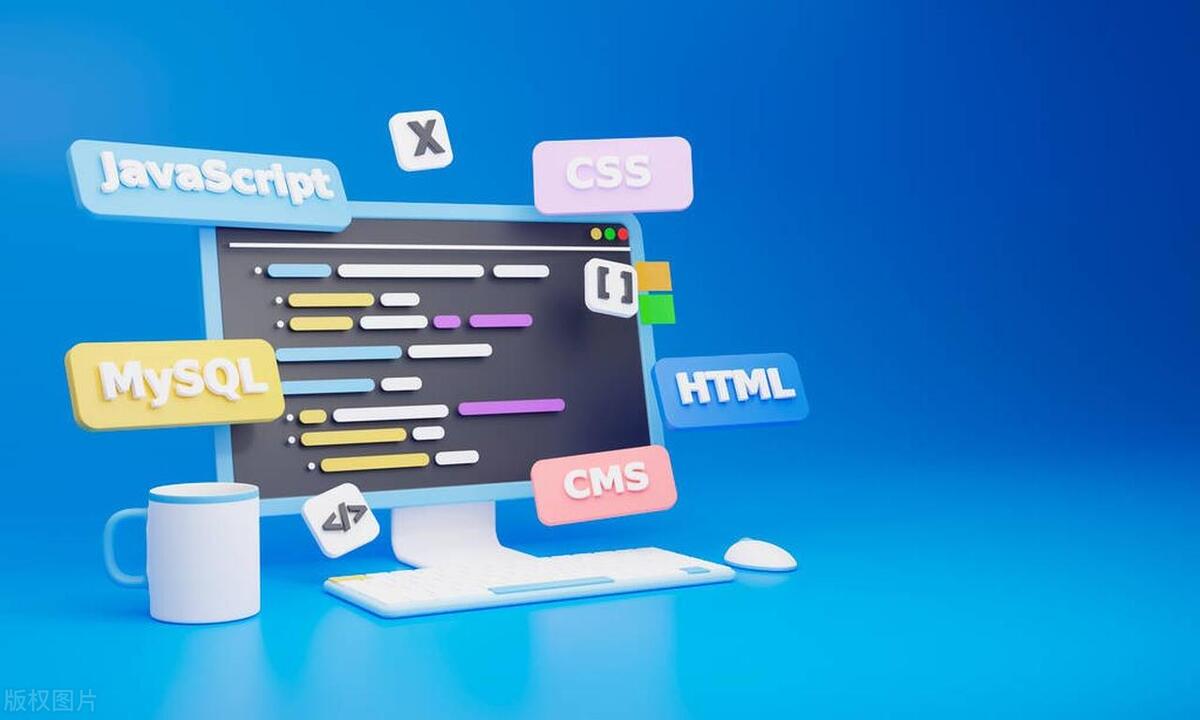When CSS behaves unexpectedly, use browser developer tools to diagnose and fix issues effectively. First, inspect elements to view applied styles, identify overridden rules, and test property changes. Second, check computed styles to see final values after browser calculations, including inherited or default styles. Third, use the box model viewer to analyze layout issues by examining margins, padding, and spacing. Fourth, watch for conflicting or unreachable styles such as typos, specificity issues, or failed stylesheet loads. Finally, experiment with real-time style edits in DevTools before applying permanent code changes.

When CSS doesn’t behave the way you expect, developer tools in modern browsers are your best bet for quickly diagnosing and fixing issues. Knowing how to use them effectively can save you a lot of time and frustration.

Inspect Elements to See Applied Styles
Right-clicking an element and choosing “Inspect” opens up the browser’s Developer Tools (DevTools), showing you the HTML structure and all the CSS rules currently applied to that element. This is especially helpful when trying to find out why a style isn’t taking effect.

- Look at the "Styles" panel to see which CSS rules are being applied and which ones are being overridden (usually struck through).
- Toggle the checkboxes next to individual properties to test what happens when they're disabled.
- Pay attention to inherited styles, especially when debugging text or color issues — sometimes the culprit isn't directly set on the element itself.
This method works great for tracking down basic styling problems like incorrect margins, font sizes, or display settings.
Check Computed Styles for Final Values
Sometimes what you write in your CSS file isn’t exactly what gets used. The browser calculates the final value based on inheritance, cascading rules, and other factors. That’s where the "Computed" tab in DevTools comes in handy.

It shows you the actual values being used after all the calculations. For example:
- A percentage-based width might resolve to pixels.
- A
font-sizeof1emmay turn into16pxdepending on the context.
Use this tab to confirm whether a rule is actually making it to the element, even if it looks like it should be. It’s also useful for seeing default user agent styles that might be sneaking in unexpectedly.
Use the Box Model Viewer to Debug Layout Issues
One of the most common pain points in CSS is layout behavior — especially when elements aren’t aligning or spacing as expected. DevTools include a built-in box model viewer (often found under the "Layout" or "Computed" tab) that visually breaks down margin, border, padding, and content dimensions.
If an element seems too wide or misaligned:
- Check if unexpected margins or paddings are adding up.
- Confirm whether collapsing margins are affecting spacing between elements.
- Hover over different sections in the box model diagram to highlight those areas directly on the page.
This visual aid makes it easier to understand how space is being allocated and helps identify layout-related bugs faster.
Watch for Conflicting or Unreachable Styles
Sometimes your CSS rules don’t apply because of specificity conflicts or typos. DevTools will usually flag unreachable or invalid CSS with warnings or by graying out the rule.
A few things to watch for:
- Typos in property names (like
widhtinstead ofwidth) - Rules that are overwritten by more specific selectors
- External stylesheets failing to load (check the Network tab)
Also, try editing styles directly in the DevTools editor to experiment with fixes before updating your actual code.
These techniques cover most everyday CSS debugging scenarios. They’re not flashy, but they work well when you need to get things fixed fast.
The above is the detailed content of Essential Techniques for Debugging CSS Problems in Developer Tools. For more information, please follow other related articles on the PHP Chinese website!

Hot AI Tools

Undress AI Tool
Undress images for free

Undresser.AI Undress
AI-powered app for creating realistic nude photos

AI Clothes Remover
Online AI tool for removing clothes from photos.

Clothoff.io
AI clothes remover

Video Face Swap
Swap faces in any video effortlessly with our completely free AI face swap tool!

Hot Article

Hot Tools

Notepad++7.3.1
Easy-to-use and free code editor

SublimeText3 Chinese version
Chinese version, very easy to use

Zend Studio 13.0.1
Powerful PHP integrated development environment

Dreamweaver CS6
Visual web development tools

SublimeText3 Mac version
God-level code editing software (SublimeText3)

Hot Topics
 How can CSS be used to implement dark mode theming on a website?
Jun 19, 2025 am 12:51 AM
How can CSS be used to implement dark mode theming on a website?
Jun 19, 2025 am 12:51 AM
ToimplementdarkmodeinCSSeffectively,useCSSvariablesforthemecolors,detectsystempreferenceswithprefers-color-scheme,addamanualtogglebutton,andhandleimagesandbackgroundsthoughtfully.1.DefineCSSvariablesforlightanddarkthemestomanagecolorsefficiently.2.Us
 Can you explain the difference between em, rem, px, and viewport units (vh, vw)?
Jun 19, 2025 am 12:51 AM
Can you explain the difference between em, rem, px, and viewport units (vh, vw)?
Jun 19, 2025 am 12:51 AM
The topic differencebetweenem, Rem, PX, andViewportunits (VH, VW) LiesintheirreFerencepoint: PXISFixedandbasedonpixelvalues, emissrelative EtothefontsizeFheelementoritsparent, Remisrelelatotherootfontsize, AndVH/VwarebaseDontheviewporttimensions.1.PXoffersprecis
 What are CSS Houdini APIs, and how do they allow developers to extend CSS itself?
Jun 19, 2025 am 12:52 AM
What are CSS Houdini APIs, and how do they allow developers to extend CSS itself?
Jun 19, 2025 am 12:52 AM
CSSHoudini is a set of APIs that allow developers to directly manipulate and extend the browser's style processing flow through JavaScript. 1. PaintWorklet controls element drawing; 2. LayoutWorklet custom layout logic; 3. AnimationWorklet implements high-performance animation; 4. Parser&TypedOM efficiently operates CSS properties; 5. Properties&ValuesAPI registers custom properties; 6. FontMetricsAPI obtains font information. It allows developers to expand CSS in unprecedented ways, achieve effects such as wave backgrounds, and have good performance and flexibility
 What are the key differences between inline, block, inline-block, and flex display values?
Jun 20, 2025 am 01:01 AM
What are the key differences between inline, block, inline-block, and flex display values?
Jun 20, 2025 am 01:01 AM
Choosing the correct display value in CSS is crucial because it controls the behavior of elements in the layout. 1.inline: Make elements flow like text, without occupying a single line, and cannot directly set width and height, suitable for elements in text, such as; 2.block: Make elements exclusively occupy one line and occupy all width, can set width and height and inner and outer margins, suitable for structured elements, such as; 3.inline-block: has both block characteristics and inline layout, can set size but still display in the same line, suitable for horizontal layouts that require consistent spacing; 4.flex: Modern layout mode, suitable for containers, easy to achieve alignment and distribution through justify-content, align-items and other attributes, yes
 What is the significance of Vue's reactivity transform (experimental, then removed) and its goals?
Jun 20, 2025 am 01:01 AM
What is the significance of Vue's reactivity transform (experimental, then removed) and its goals?
Jun 20, 2025 am 01:01 AM
ReactivitytransforminVue3aimedtosimplifyhandlingreactivedatabyautomaticallytrackingandmanagingreactivitywithoutrequiringmanualref()or.valueusage.Itsoughttoreduceboilerplateandimprovecodereadabilitybytreatingvariableslikeletandconstasautomaticallyreac
 How can CSS gradients (linear-gradient, radial-gradient) be used to create rich backgrounds?
Jun 21, 2025 am 01:05 AM
How can CSS gradients (linear-gradient, radial-gradient) be used to create rich backgrounds?
Jun 21, 2025 am 01:05 AM
CSSgradientsenhancebackgroundswithdepthandvisualappeal.1.Startwithlineargradientsforsmoothcolortransitionsalongaline,specifyingdirectionandcolorstops.2.Useradialgradientsforcirculareffects,adjustingshapeandcenterposition.3.Layermultiplegradientstocre
 How can internationalization (i18n) and localization (l10n) be implemented in a Vue application?
Jun 20, 2025 am 01:00 AM
How can internationalization (i18n) and localization (l10n) be implemented in a Vue application?
Jun 20, 2025 am 01:00 AM
InternationalizationandlocalizationinVueappsareprimarilyhandledusingtheVueI18nplugin.1.Installvue-i18nvianpmoryarn.2.CreatelocaleJSONfiles(e.g.,en.json,es.json)fortranslationmessages.3.Setupthei18ninstanceinmain.jswithlocaleconfigurationandmessagefil
 How does provide and inject allow for deep component communication without prop drilling in Vue?
Jun 20, 2025 am 01:03 AM
How does provide and inject allow for deep component communication without prop drilling in Vue?
Jun 20, 2025 am 01:03 AM
In Vue, provide and inject are features for directly passing data across hierarchical components. The parent component provides data or methods through provide, and descendant components directly inject and use these data or methods through inject, without passing props layer by layer; 2. It is suitable for avoiding "propdrilling", such as passing global or shared data such as topics, user status, API services, etc.; 3. Note when using: non-responsive original values ??must be wrapped into responsive objects to achieve responsive updates, and should not be abused to avoid affecting maintainability.






